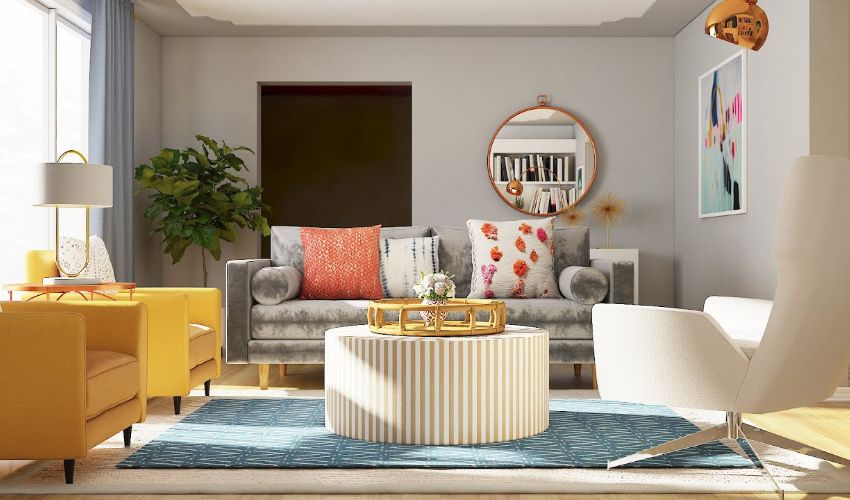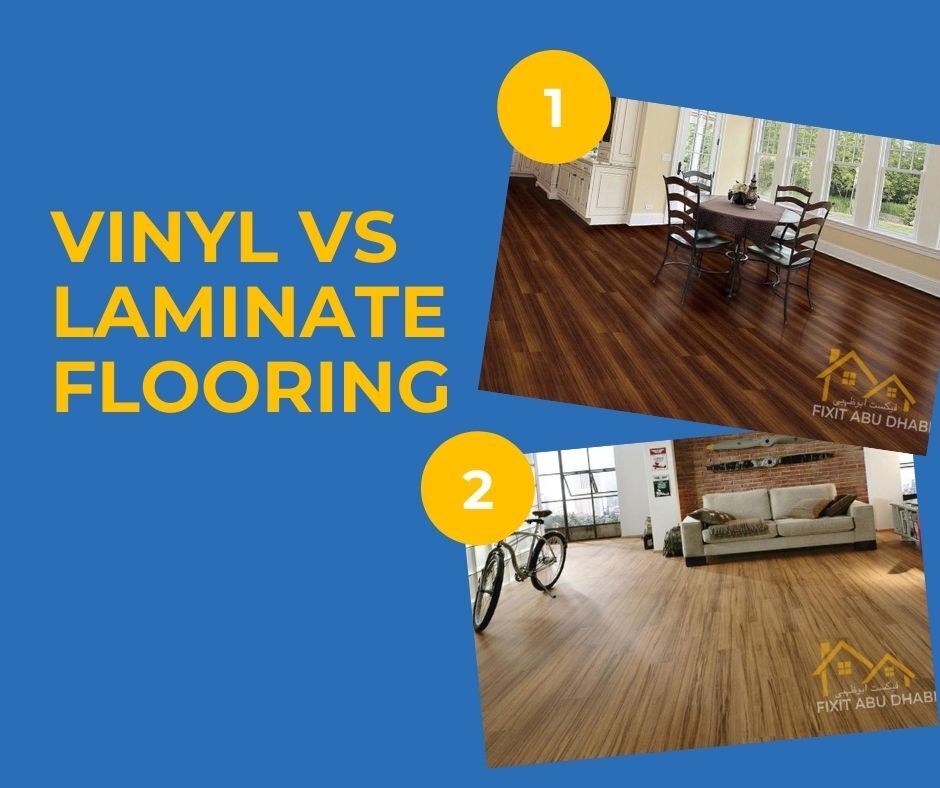Interior design is basically the reflection of your lifestyle, innovative thinking, and creativity. Modern Interior design is the capacity to optimize space, accelerate functionality, promote comfort, improve safety, and reflect personal style. Aesthetic preference and sustainability are other vital aspects of interior designing by utilizing different colors, energy efficient, and eco-friendly materials. Moreover, interior design also promotes historical and cultural preservation for the restoration of heritage. Fixit Abu Dhabi has come up with top ten crucial elements of Interior design to help you create aesthetic and functional space.
List Of Best elements for interior design
1. Space

In the domain of interior design, space has been divided into two main classes: positive space and negative space. In the interior of your room, the space covered by furniture and room accessories is called positive space. Whereas, the rest of the open space is used for air ventilation and light reflection is called negative space. So we can say that the positive space is used for human activities and negative space is not usually used for human activities but it gives an aesthetic approach to your homes and rooms. Space planning is an important aspect for interior designers to analyze and visualize the entire image of your room. Space has a significant impact on the atmosphere and psychological behavior. Maintaining a balance between positive and negative space is an artistic and aesthetic approach for designers. Nowadays, 3D programs and applications are also available to develop space modeling and layouts.
2. Lines

Lines are another fundamental and robust element of interior design and space management. Lines are classified into three types according to space arrangement. As per the individual desire and requirement, the designer can use any single line or blend of these three lines.
- Horizontal
- Vertical
- Dynamic
Horizontal lines give a sense of stability, earthiness, security, and warmth. Horizontal lines develop a peaceful and tranquil environment in your home and rooms. Vertical lines play a significant role in a direction, opposite to horizontal lines. These lines give a spectrum of height and depth to doors, windows, vertical artworks, and fireplaces in the room. Dynamic lines cover the movement and stimulation Dynamic lines are further classified into angular, zigzag, diagonal, flowy, and curved lines. These lines enhance the sensation, softness, smoothness, and eye-catching impression in the room. In a concluding way, all these lines can be used to define boundaries, form, and structure, creating balance and contrast in interior design.
3. Texture
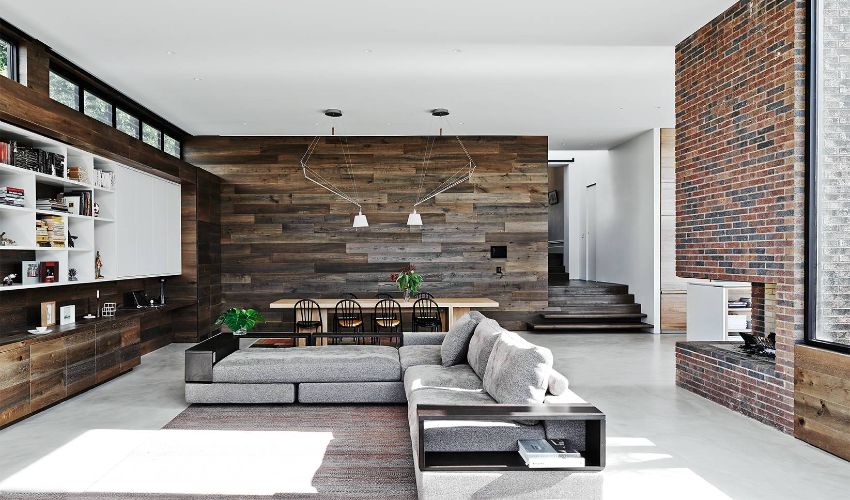
Texture is another important element of interior design for beautiful and functional spaces. In interior design, texture is classified into visual and actual texture. Texture has a significant impact on the feelings, and vibes, and evokes sensations of an individual while visiting your indoors. By utilizing this element, designers can create novelty and contrast among indoor accessories. Texture can also create uniqueness in the indoor atmosphere by using visual wallpapers, paintings, and fabric accessories. Basically, we can classify the texture into three main classes: Man-made textures, natural textures, and textile textures.
4. Color

The choice of an appropriate and contrasting color has a significant impact on the overall interior design of your room and home. Each and every component of your home (such as furniture, walls, accessories, lamps, wallpaper, and bulbs) has a coloring effect and needs matching and contrasting colors. Without color alignment, every interior design is ridiculous and senseless.
5. Light

Light is one of the integral elements of interior decoration and designing that provokes illumination. In other words, light is that factor that covers all other interior design elements in it. Without an appropriate light system and management, interior designing and decoration is meaningless and senseless. In an interior, light can be available by two main sources: one is sunlight or natural light and other one is electric light or artificial light. In the interior of your room and homes, natural light can be fulfilled by designing large windows and skylights glasses. On the other hand, a bad lighting system can destroy the huge efforts of interior designers by causing darkness and light impairment. Furthermore, you can enhance both the natural and artificial light in the interior by using light reflectors, glass mirrors, and containers. Designers should consider the color rendering index and color temperature of light while choosing. Artificial lighting can also be categorized into the following three classes.
- Accent Lighting
- Task Lighting
- Ambient Lighting
6. Pattern
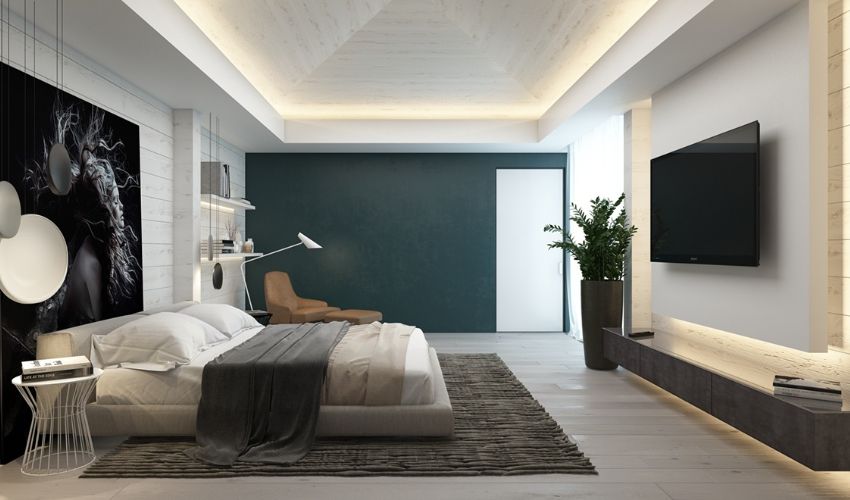
Patterns are formed by specific alignment of forms and lines. In Interior design, designers need a way of pattern to fill the empty spaces on the floor and wall by putting rugs and wallpapers. The element of pattern is directly linked to aesthetic, emotional, and functional preferences and visual interests. Patterns can also be used to create zone lines and boundaries such as defining a sitting area and empty space in a large dimensional hall. Patterns are helpful in enhancing the space by balancing between positive and negative space.
7. Scale

In interior designing, scale is an integral element and tool to measure the size of all interior components in available space. It’s a crucial responsibility of the designer to maintain a balance between small sized and large sized objects.
8. Proportion
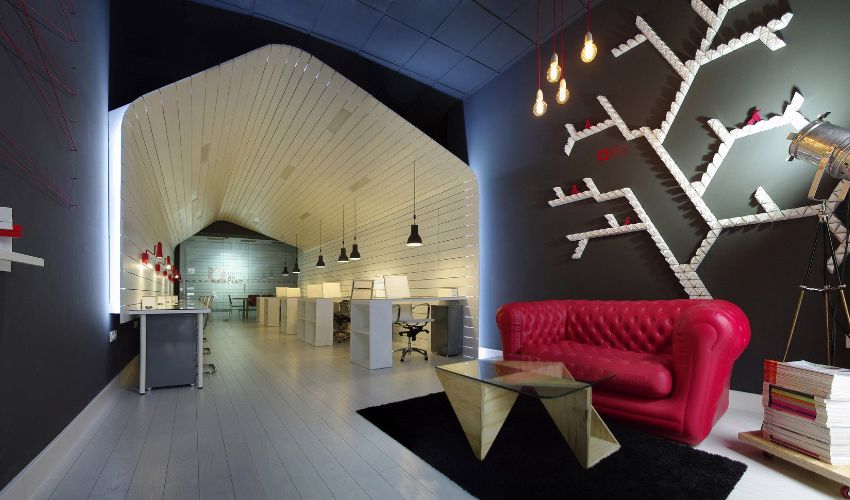
Proportion is basically a balancing scale between all interior components such as accessories colors, and furniture. The use of a proportion tool can be helpful in maintaining a balance between positive and negative space with an appropriate setting.
9. Form
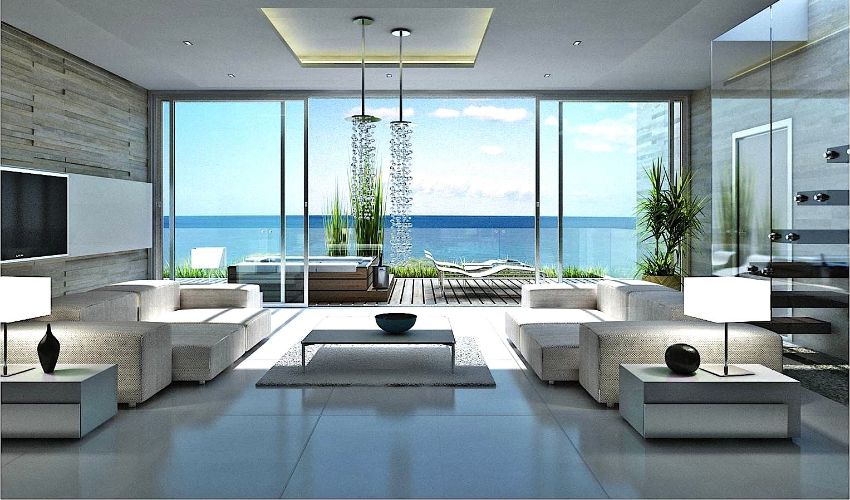
Form belongs to the shape and structure of all room components and accessories. In interior designing, form can be classified into geometric and natural. It helps to fabricate a visual interest and balanced space.
10. Fabrics

Fabrics is another cornerstone element that plays a key role in interior designing. Fabrics include rugs, carpets, window blinds, curtains, and wallpapers. The right selection of the fabric accessories is the secret behind a state-of-the-art interior design. The designer should focus on the fabric contrast and appropriate places to put them.
Conclusion
In conclusion, to create an innovative and state-of-the-art interior design and decoration, designers should utilize all the key elements and tools. All the above-mentioned tools are vital in utilizing the available space in a professional way. Fixit Abu Dhabi has covered all the elements of interior designing and decorating for your ease.

